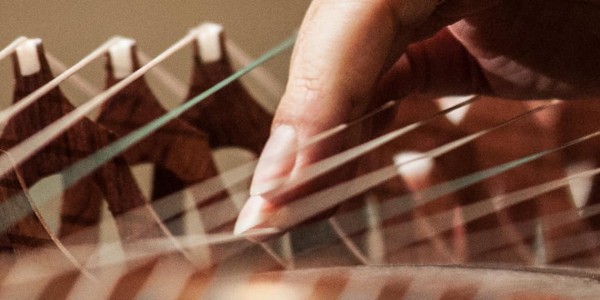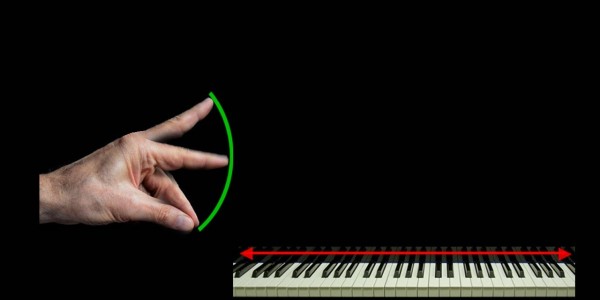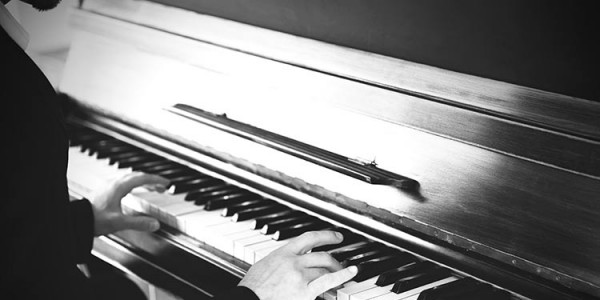Video highlights:
00:14. Introduction. An Overview of the multi-episode project 'How to Practice Piano Scales - The Art Behind the Exercise'.
02:15. WHY We Need to Practice Scales: Improving four fundamental aspects of your pianistic skill-set.
02:40. Analyzing the technical benefits of scale practice.
02:58. Scales are the perfect piano warm-up!
03:30. Scales will help you to develop the most important elements of piano technique (demonstration).
04:50.... See More
Video highlights:
00:14. Introduction. An Overview of the multi-episode project 'How to Practice Piano Scales - The Art Behind the Exercise'.
02:15. WHY We Need to Practice Scales: Improving four fundamental aspects of your pianistic skill-set.
02:40. Analyzing the technical benefits of scale practice.
02:58. Scales are the perfect piano warm-up!
03:30. Scales will help you to develop the most important elements of piano technique (demonstration).
04:50. Scales - an encyclopedia of technical patterns and fingering formulas (examples from classical and romantic music).
08:54. We all learn by doing: Improving your theoretical understanding of modes and tonalities by practicing scales.
10:42. The expressive benefits of practicing scales.
11:47. Make sure that your scale practice is not missing one magical ingredient: QUALITY!
12:33. The MEGA-benefit of scale practice: mental training!
13:16. Conclusion.
#Scales #Arpeggios #Student #Practice





